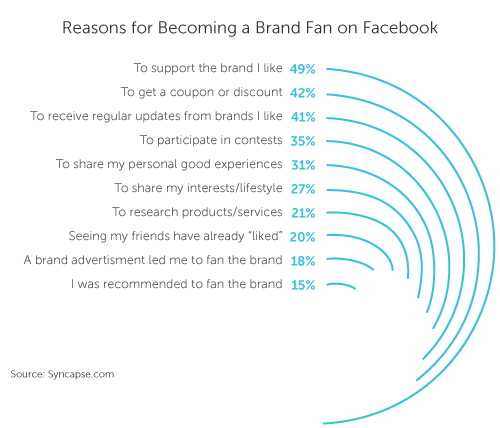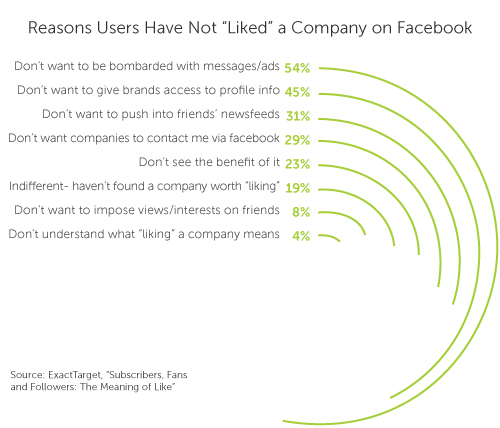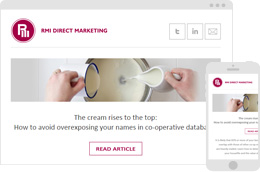Newsroom
Social Media Addiction: The Struggle Really IS Real

We all have people we know who are “addicted” to Social Media. Whether it’s your Mom and her obsession with cat pictures, your younger cousin and her endless selfies, or your boss posting countless articles about why millennials don’t fit into today’s corporate environment, there are plenty of reasons people use Social Media to express themselves. Fortunately, this love for social media has opened up a whole new world for marketers to explore, offering us infinite new ways to interact with, learn from and speak to our customers.
Although there may be people that take commenting, posting and sharing to the extreme, it may not be entirely their fault when they’re sucked into their favorite Social Media platform. Researchers have discovered trends in the way we perform every major action—liking, posting, sharing, commenting and even creeping. From this research has emerged a science and psychology that explains just why we love our social media so much.
Social Media taps into our brain’s pleasure centers. In each of our brains, there’s a type of “reward” or “pleasure center” called the nucleus accumbens. This is the part that lights up when we do things like eat our favorite ice cream, cash a paycheck, kiss a loved one or laugh with friends. This same light goes off when we get affirmative feedback or take a positive action on social media, therefore, the greater our usage, the greater the potential neurological reward.
Another study recorded physiological reactions like pupil dilation as people looked at their social media accounts, discovering that browsing can evoke something called a flow state. This is the feeling you get when you’re completely and happily engrossed in a project or activity.
So we know how using social media can make us feel, but why we take the actions we do is something completely different, and equally important for marketers to understand. Social media users distribute likes, endorsements and +’s all the time, for a variety of reasons.
One of the most obvious reasons for connecting with a brand or cause on social media is because it’s just plain practical; because we’ll get something in return. A syncapse study found that the possibility of receiving a coupon or discount, or wanting to keep in touch with upcoming events, contests, or sales drove engagement. Although this study focused primarily on Facebook, it’s important to note because these sentiments often span across other platforms.

On the other hand, reasons for NOT connecting with a brand had equally practical explanations:

So what does this mean to a marketer? We know social media can make us feel good, and we know WHY people choose whether or not to connect with a brand, but how can we use this data? It means we have to commit to creating branded social media pages that offer consumers value. This is by no means a one size fits all feat either. Some brands create value by building a space for fans to interact and come together. Some showcase promotions, events and other activities that build their brand lifestyle and encourage customers to visit their stores or websites. Others still use their social media platforms to establish themselves as experts in their own industry, creating a hub of information that has been either created or curated by the brand.
Another important thing to remember is that all platforms are not created equal. People go to different platforms for different reasons, and as marketers we have a responsibility to supply people the content they’re looking for on the platforms where they’re looking for it. This may mean only posting a short tidbit of your lengthy, industry-specific blog post on Twitter, while highlighting a bigger section on your Facebook page. Adjusting your posting frequency and timing to reflect the different ways and times of day people use different platforms is another key strategy that is sometimes overlooked.
There are thousands of different ways to use social media, but the most important thing to remember is that behind all of the clicks, likes and shares are human beings - people who go to social media for reasons that sometimes they don’t even realize or understand. The key to using these platforms lies in getting to know your audience, tapping into what makes them tick, and using this information to provide them with content that adds value to their lives. There is no secret sauce, but if you want people to keep coming back, you have to give them a compelling reason – and that’s the bottom line.
